“There’s no need to be scared of bats,” says Emilie Wadsworth.
“I find them fascinating – but there are so many myths around them.
“One is that they get stuck in your hair! No, they don’t! And no, they’re not blind.”
Cupar-based Emilie reckons myths have formed around bats because they’re nocturnal.
Certainly, their association with the night and creeping darkness can result in them being portrayed in a negative light – as evil creatures to be feared.
It perhaps doesn’t help that they swoop erratically, boast razor-sharp teeth, and feature in horror films.
And of course, when we think of bats, many of us think of bloodsucking vampires.
“There are lots of myths surrounding bats, and lots we don’t know, which can make them a bit ‘spooky’ – plus there’s the whole Dracula thing!” laughs Emilie.
In truth, bats are shy creatures, and contrary to popular belief they won’t bite unless they feel threatened or trapped.
How did Emilie get into bat work?
Former ecologist Emilie has been working with bats for years.
She began volunteering for a bat conservation project run by a group in Falkirk about 20 years ago, and soon became hooked.
Since then, she’s been involved in projects across Scotland, plus some in England.
These days she’s on the committee of the Fife and Kinross Bat Group, a role which includes advising people who find bats roosting in their homes.
“Almost all my work with bats is voluntary,” says Emilie. “I don’t work as a consultant or as an ecologist anymore.
“I do, however, run a training company – Tragus Training – with another bat worker, which provides training to young people starting to work with bats, or people retraining in ecology.
“We also do research into bats in Scotland, trying to find more about where they are, where they roost, how they interact with each other, the environment and people.”
Monitoring bats across Fife
Emilie also does voluntary work with the Fife and Kinross Bat Group – monitoring populations in bat box schemes across the region.
The group also monitors the Natterer’s bat in Tentsmuir Forest.
“We also do surveys as part of the National Bat Monitoring Programme run by the Bat Conservation Trust, and take part in community events and lead bat walks for the public,” elaborates Emilie.
“We just did two Halloween events at Kellie Castle in Fife where we talked to people about bats, and in particular the soprano pipistrelle (one of most common British bat species) roost they have in the castle.”
How can we learn to love bats?
So what is it that draws Emilie to bats? And how can she help people to better understand the creatures?
“I love so much about them, but particularly how much we still have to learn about them,” she reflects.
“They’re so vital to the ecosystem and human life.”
There have been plenty of bat-related highlights over the years for Emilie, but one that springs to mind is when she was radio-tracking the Daubenton’s bat population.
“We tracked one bat flying for 14km along the Union Canal from its roost site to forage over the loch at Linlithgow, which was amazing to see!” she recalls.
“Watching bats return to the roost at dawn is also a spectacular site.
“They ‘swarm’ around the roost entrance, taking their time going in, almost like they’re reluctant to go to bed.
“There can sometimes be a hundred or so bats circling around, and they never crash into each other.”
What’s the truth about bats?
So, back to the myths. Emily is keen to bust them.
“Bats don’t get stuck in your hair,” she insists. “They know exactly where we are and don’t want to get stuck on us!
“Their echolocation (a method of using sound waves to sense the environment and locate objects) is so good that they can pick up a single midge in the air, so they can easily avoid us.”
Another one? Bats are not blind.
“They actually have good eyesight at dusk, and can see perfectly well during the day,” says Emilie.
“They forage at night using echolocation, probably because there’s less competition from birds and mammals then.”
What about bat babies?
Another cool bat fact? Bats are mammals like us. They give birth to one baby, called a pup, each year, and the mums raise them in colonies together.
“The babies are blind and hairless at birth, but by six to eight weeks will able to fly and hunt insects for themselves,” says Emilie.
“A single pipistrelle will eat 3,000 midges a night, which is a good thing in my book!”
Ultimately, Emilie hopes that by helping people to understand more about bats and their behaviour, that they’ll learn to respect, if not love, the creatures.
And not to fear or hate them!
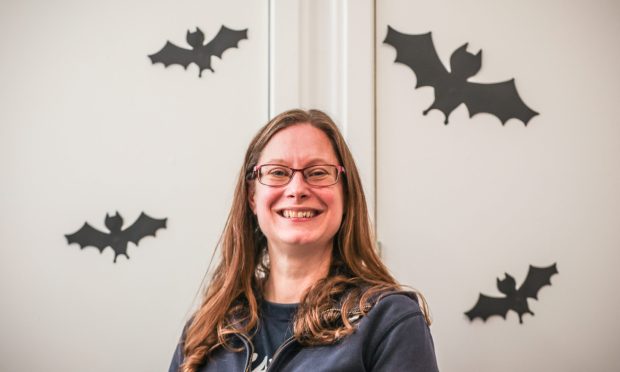
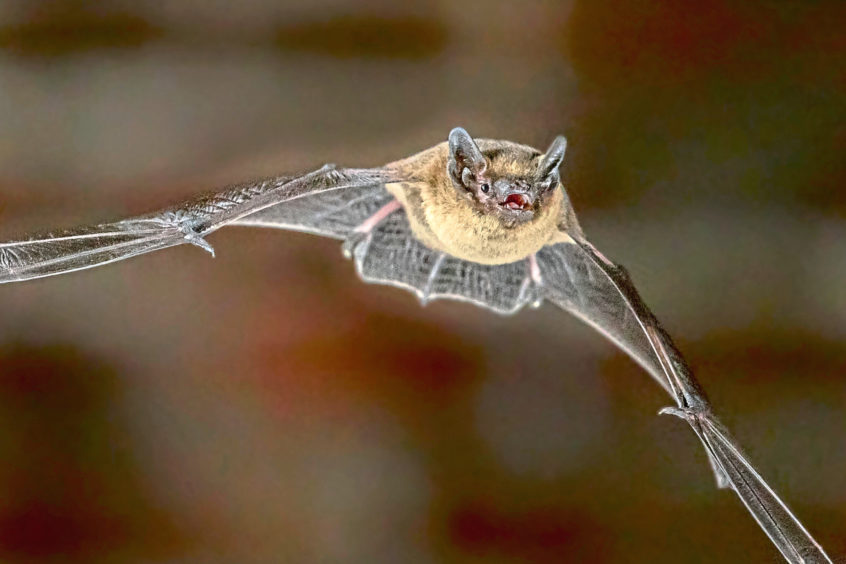
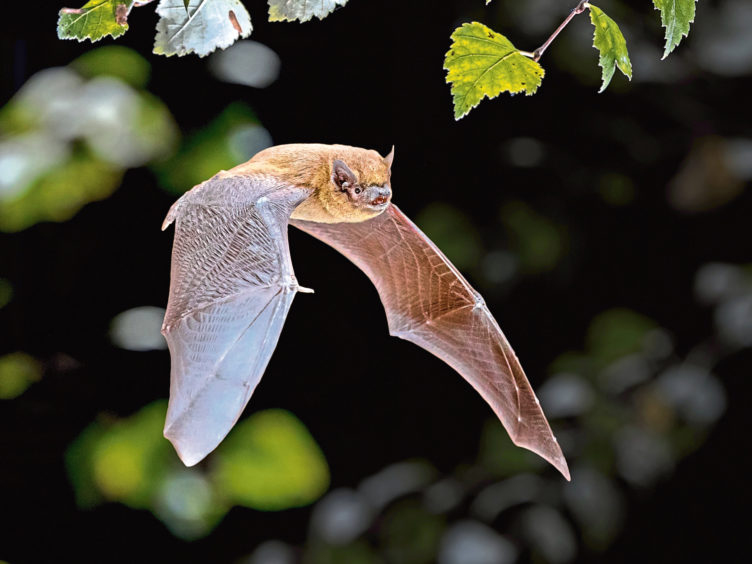
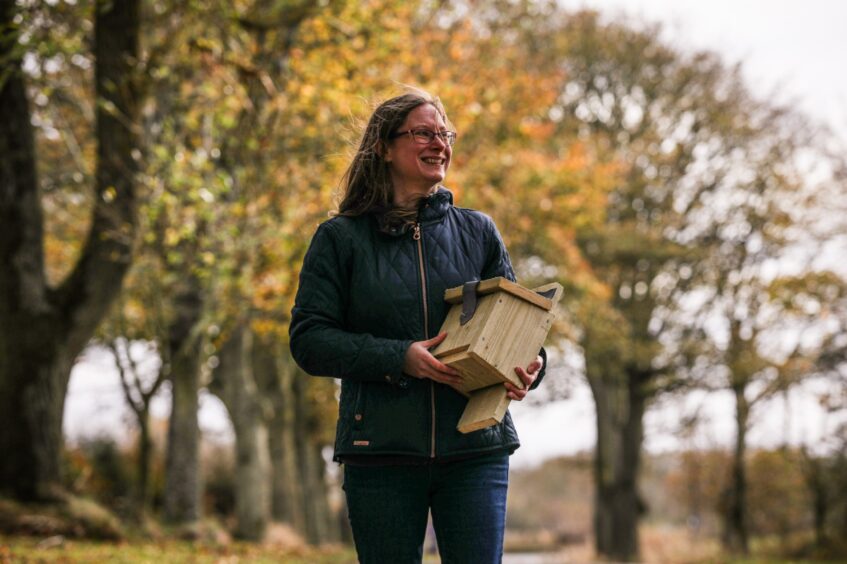
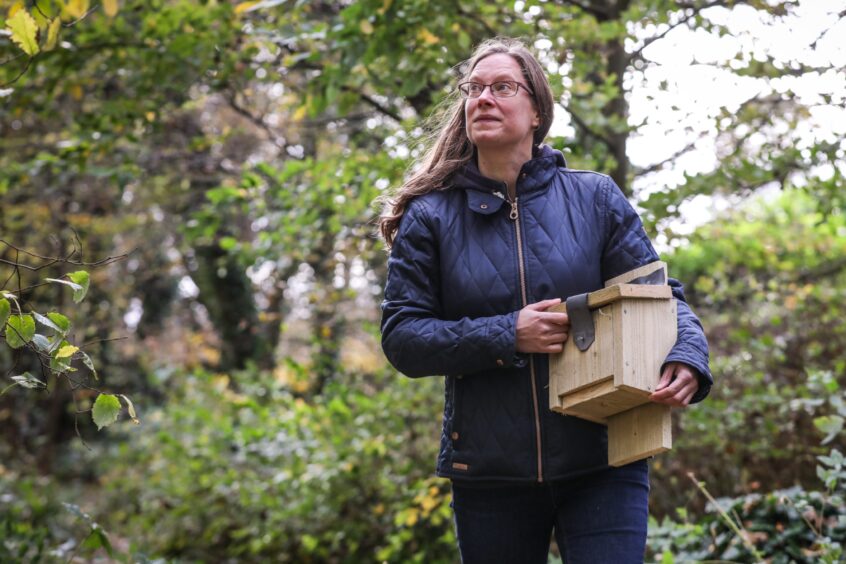
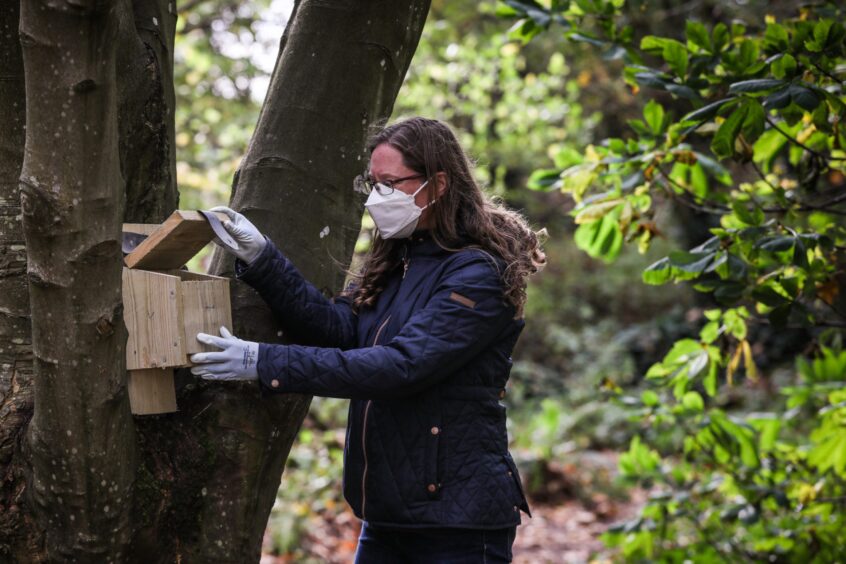
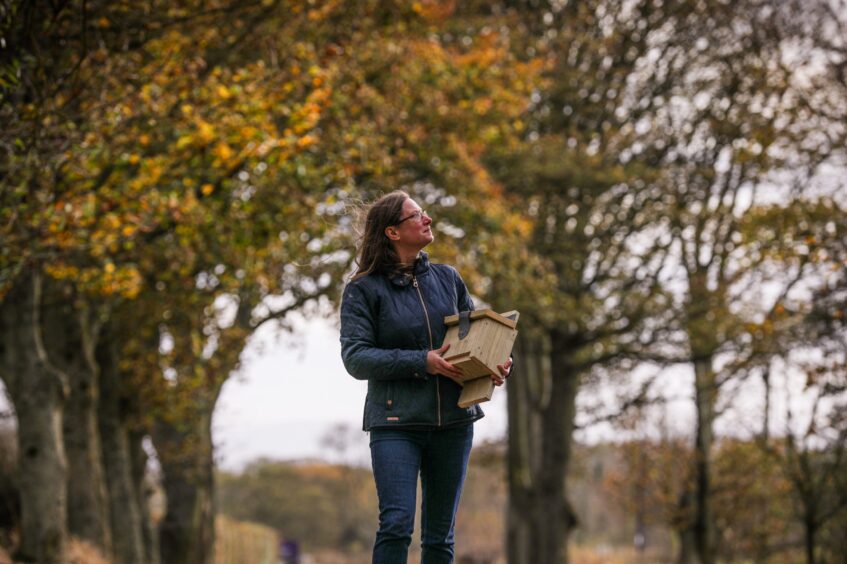
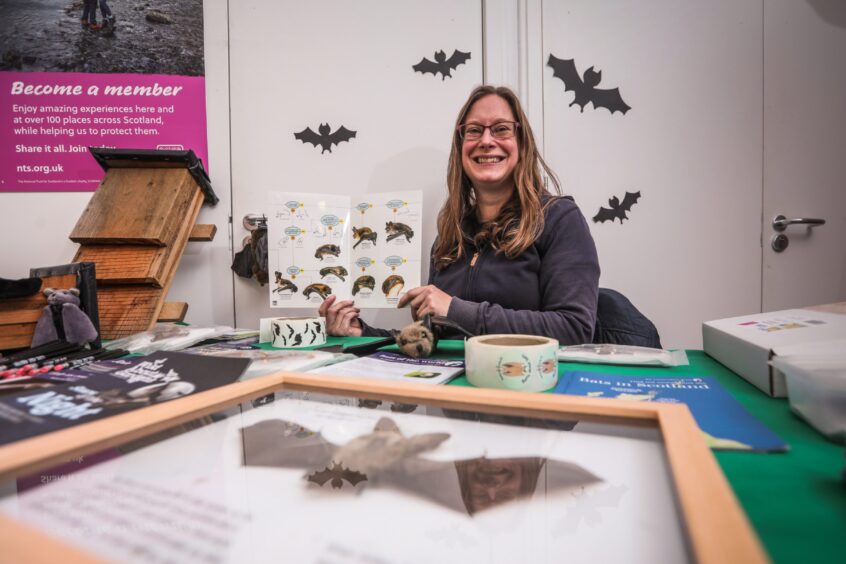





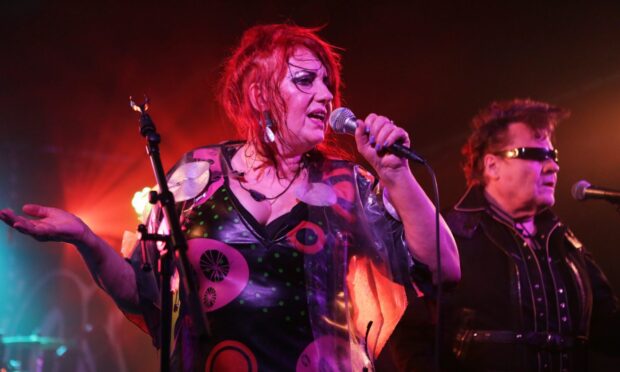




Conversation